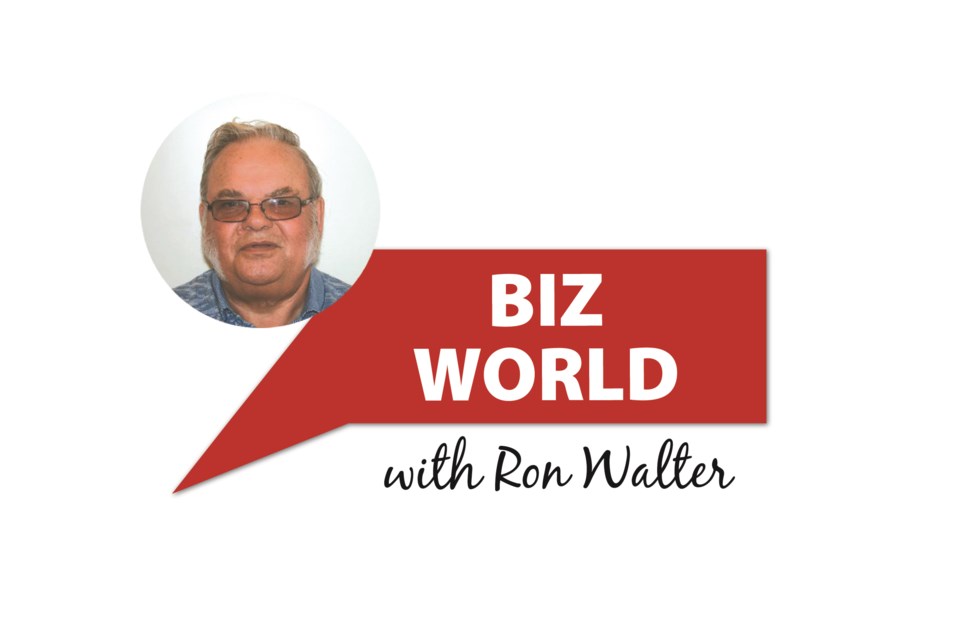Exchange-traded funds have made tremendous impact on stock markets since the first was introduced in Canada in 1990.
They were introduced in 1993 to the United States. But U.S. literature suggests they were first marketed in that country … without Trump so declaring.
The ETFs have lower management fees, causing mutual funds to reduce some of their fees.
Mutual funds used to charge between two per cent and six per cent management fees. Fees for ETFs range from one-10th of one per cent to two per cent.
The ETF is a fund based on stocks in an index like the TSX Composite, or the US S and P. Once the index is replicated there are no changes unless the index changes.
As more money comes into the ETF more of the same stocks are purchased.
These funds offer investors a simple way to diversify their portfolios. In cases where the ETF is based on one sector such as such transports, health care, robotics or mining they offer a way to take part in that area.
Some fund operators suggest their ETFs are a way to reduce risk. That's not true.
If the market drops 30 per cent so will the ETF unless it is designed to fall less.
There are many kinds of ETFs including some risky short-term funds.
The experts claim ETFs are intended for investors with long term goals — long term being 10 to 15 years.
One ETF analyst Larry Berman has set up a portfolio of ETFs that covers the whole market.
A sample portfolio would buy Canadian and American stock ETFs, global stock ETFs and the same with bond funds.
Several ETFs have been designed to pay substantially more than the dividends from stocks in the fund.
The extra payout is achieved by selling puts on the stocks. Example: the fund owns shares of XYV Co trading at $50. It sells call for someone will buy the stock at $68. The few dollars per share raised from selling the call option is paid in higher dividends.
The downside here is if XYV CO stock goes to higher than $68 the ETF misses out on a capital gain. If XYV CO goes to $72 the ETF misses a $4 gain, or nearly six per cent,
But the payout is juicier. Beware some of the high payouts pay back your capital
Yours Truly once bought a $10 health care ETF with a guaranteed seven per cent payout. After two years the ETF traded at $9. Tax information showed about three per cent of the seven was return of my capital.
One risk in specialized ETF indexes comes from diversity of stocks. The fund holds the best and worst stocks in the index giving the possibility of a less than average return.
ETFS have a couple of downsides for the entire market.
If stocks in an ETF are hot with money flowing into the fund the ETF's purchase pushes up prices unnecessarily.
Share prices of smaller companies not included in any ETFs often lag in price.
Investors have a choice of 1,500 ETFs in Canada with a choice of about 3,500 stocks listed in Canada.
Caution: Remember when investing, consult your adviser and do your homework before buying any security. Bizworld does not recommend investments.
Ron Walter can be reached at [email protected]
The views and opinions expressed in this article are those of the author, and do not necessarily reflect the position of this publication.




